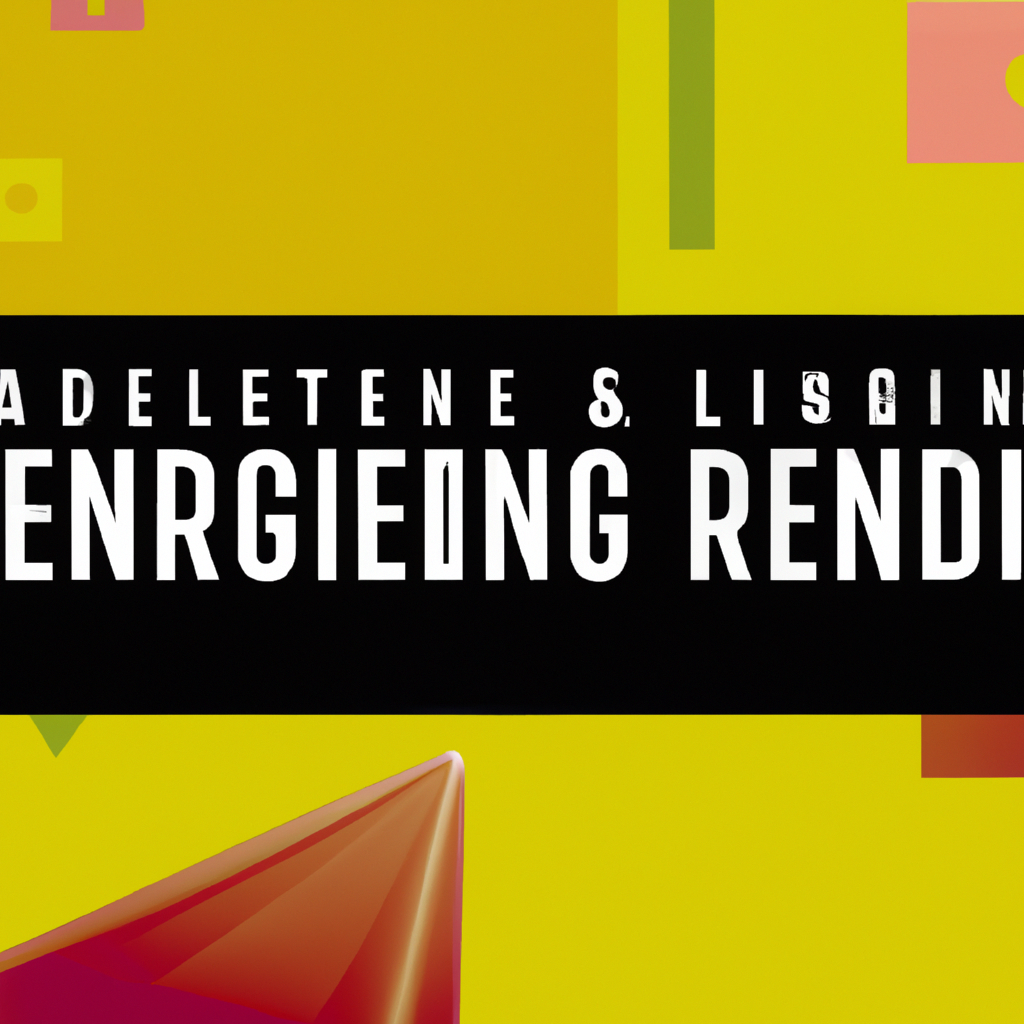Understanding the Principles of Reinforcement Learning in Game AI
Table of Contents
Understanding the Principles of Reinforcement Learning in Game AI
# Introduction:
Reinforcement learning is a subfield of artificial intelligence that focuses on developing algorithms and models capable of learning from interactions with an environment to maximize cumulative rewards. One of the most exciting applications of reinforcement learning is in game AI, where it has revolutionized the way computer-controlled characters behave and adapt in virtual environments. This article aims to delve into the principles of reinforcement learning in game AI, exploring both the new trends and the classics of computation and algorithms that underpin this fascinating field.
# 1. The Basics of Reinforcement Learning:
Reinforcement learning (RL) is based on the concept of an agent that interacts with an environment, perceiving its current state, taking actions, and receiving rewards or penalties based on the outcome of those actions. The agent’s goal is to learn an optimal policy, a mapping from states to actions, that maximizes the expected cumulative reward over time.
The fundamental components of RL are the state, action, reward, and policy. The state represents the current situation or configuration of the environment, the action is the decision taken by the agent, the reward is the feedback signal indicating the desirability of the action, and the policy is the strategy employed by the agent to choose actions.
# 2. Markov Decision Processes:
To formalize the RL problem, Markov Decision Processes (MDPs) provide a mathematical framework that facilitates the study of sequential decision-making under uncertainty. MDPs consist of a set of states, actions, transition probabilities, and rewards. The agent’s goal is to find an optimal policy that maximizes the expected cumulative reward.
In game AI, MDPs are commonly used to model the dynamics of the game environment, where states represent various game states, actions correspond to available moves, transition probabilities capture the stochasticity of the game, and rewards reflect the desirability of certain outcomes (e.g., winning, scoring points).
# 3. Value-Based Methods:
One of the classic approaches to RL is value-based methods, where the agent learns to estimate the value function, which measures the expected cumulative reward starting from a given state and following a particular policy. Value-based methods aim to find the optimal value function, denoted as the Q-function, which maps state-action pairs to their expected cumulative rewards.
One popular algorithm in value-based RL is Q-learning, which uses an iterative update rule to gradually improve the Q-function estimates. Q-learning is model-free, meaning it does not require any prior knowledge of the game dynamics. This makes it suitable for game AI, where the true dynamics are often unknown or complex.
# 4. Policy-Based Methods:
In contrast to value-based methods, policy-based methods directly learn the optimal policy without estimating the value function. Instead, they parameterize the policy and search for the best set of parameters that maximizes the expected cumulative reward.
Policy gradient methods, such as REINFORCE, are widely used in game AI. These methods employ stochastic gradient ascent to update the policy parameters based on the observed rewards. By directly optimizing the policy, policy-based methods can handle both discrete and continuous action spaces, making them flexible for various game scenarios.
# 5. Model-Based Methods:
Model-based methods combine the benefits of value-based and policy-based approaches by learning a model of the game environment and then using it to plan actions. These methods aim to learn the transition dynamics and the reward function, allowing the agent to simulate possible actions and outcomes before making decisions.
Model-based reinforcement learning has gained attention in game AI due to its ability to plan ahead and make informed decisions. By incorporating a learned model, the agent can explore the environment more efficiently and adapt its policy based on the anticipated consequences of different actions.
# 6. Deep Reinforcement Learning:
Deep reinforcement learning (DRL) combines RL algorithms with deep neural networks, enabling the agent to learn directly from raw sensory inputs, such as images or sounds. DRL has achieved remarkable success in game AI, surpassing human-level performance in challenging games like Go, chess, and video games.
Deep Q-Networks (DQN) and its variants are popular DRL algorithms that leverage deep neural networks to estimate the Q-function. These algorithms use experience replay and target networks to stabilize training and improve sample efficiency. The integration of deep learning techniques in RL has opened up new possibilities for game AI, enabling more complex decision-making and realistic behaviors.
# Conclusion:
Reinforcement learning has revolutionized game AI by enabling computer-controlled characters to adapt and learn from their interactions with virtual environments. By understanding the principles of RL, such as Markov Decision Processes, value-based methods, policy-based methods, model-based methods, and deep reinforcement learning, we can appreciate the advancements and innovations in this exciting field.
As a graduate student in computer science, it is crucial to stay updated with the new trends and classics of computation and algorithms in reinforcement learning. By diving into the academic language of RL in game AI, we can unlock the potential for creating intelligent and engaging game experiences that captivate players worldwide.
# Conclusion
That its folks! Thank you for following up until here, and if you have any question or just want to chat, send me a message on GitHub of this project or an email. Am I doing it right?
https://github.com/lbenicio.github.io

